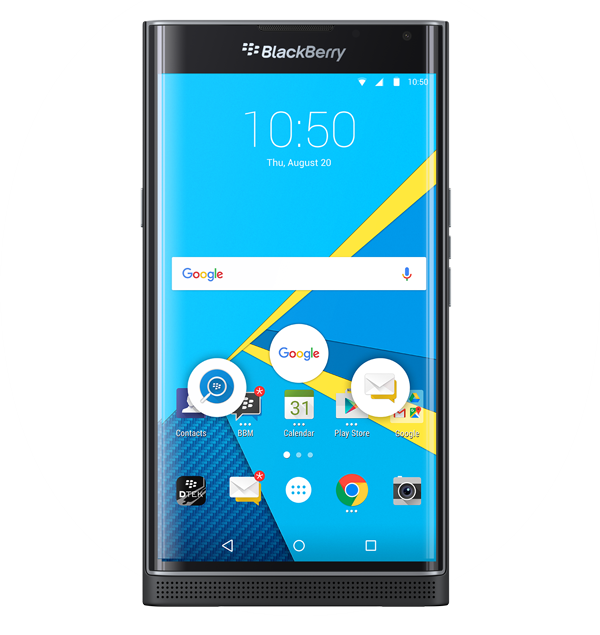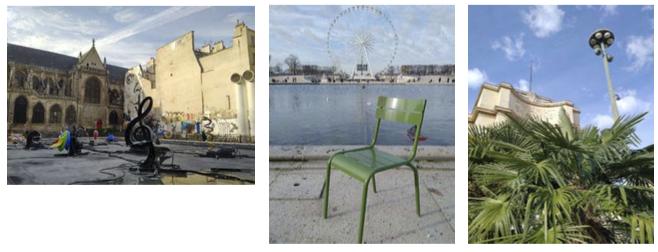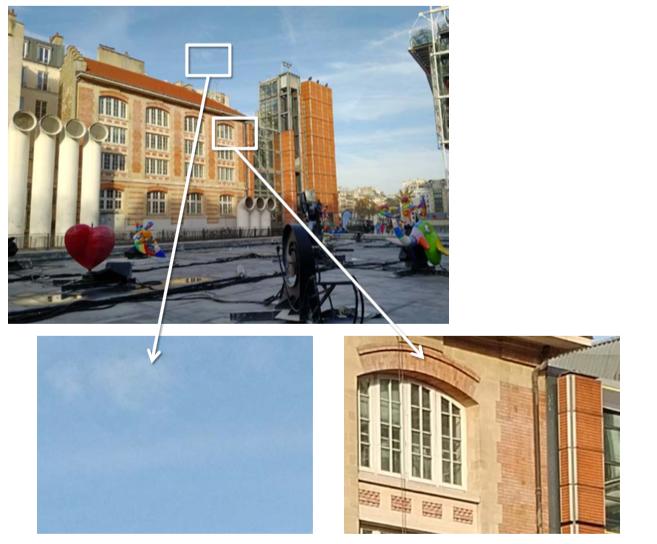With a DxOMark Mobile score of 82 points, the BlackBerry Priv achieves excellent results for its photography performance. Ranking inside the current top ten smartphones in our database of mobile phone image quality, the BlackBerry’s Priv now ranks alongside the best smartphone devices we’ve tested from Apple, Sony, and Samsung.
The Priv’s camera offering is built around a large 1/2.4-inch imaging sensor that offers 18 megapixel stills and video recorded at 4k (30fps) and 1080p (60fps/30fps). Its photography proposition is bolstered further thanks to the 27mm f/2.2 Schneider-Kreuznach lens, as well as a few top-end features, including image stabilization, phase-detection autofocus, dual-LED flash, touch-focus LCD, face detection, HDR, and panorama mode.
Excellent dynamic range
The inability of a smartphone to capture detail in both the brightest and darkest tones of a scene is often highlighted in our tests, with many devices over-exposing the highlights. Not so with BlackBerry’s Priv, however, which captures a large dynamic range in even the most challenging scenes — including those that both backlit and have high dynamic range. In fact, thanks to the mildly aggressive HDR mode, which is handily triggered automatically, almost too much detail is captured, which results in a slightly compressed tone curve.
Strong color both indoors and out
The BlackBerry Priv renders strong and pleasant color when shooting under both indoor and outdoor lighting conditions. We were pleasantly surprised with the well-exposed and bright results under a low 20 lux tungsten light source, which gave the color in these conditions an extra kick. On the downside, white balance was a little inconsistent shooting outdoors, and although the resulting casts were not overly offensive, we observed a variety of yellow, blue or pink color casts. Under that 20 lux tungsten light source, again, white balance displays a slightly stronger pink cast.
Very good detail preservation
Another area where the Priv puts in another very commendable performance, compared to many smartphones we’ve tested, is low-light detail preservation. Shooting in bright outdoor conditions, many camera phones resolve fine detail (which is also the case with the Priv), but often smooth out finer details under low light. The latter isn’t the case with the Priv, thanks to its high-resolution 18Mp sensor, which records some of the best low-light detail we’ve seen. The flip side of that is that the Priv also renders more luminance noise — which appears as a speckling or grain type effect — on images shot both in good and low lighting conditions.
Quick autofocus and useful flash
The Priv’s phase-detection autofocus — the type commonly used in DSLRs — is generally fast and locks on accurately in all conditions. We observed some slight overshooting in low-light preview mode, along with the occasional failure to trigger, but nothing too concerning.
Using the Priv’s built-in LED flash with an additional light source (such as a tungsten room light or lamp), photos display good color and accurate white balance. Excellent detail is preserved in these scenarios too, with much less luminance noise than when shooting low-light exposures, which is encouraging. Flash-only results aren’t quite as strong, with a slightly red/yellow white balance and oversaturated color, but most users will not shoot flash very frequently with a camera phone.
Video: Great noise control with rich texture
The theme of excellent detail preservation continues in video capture, and shooting movies on the BlackBerry Priv in bright light is particularly impressive. Curiously, noise reduction here is excellent, too, which is in contrast to still performance, but good news for smartphone videographers. The Priv’s video exposures are also good, especially in good light — although minor steps in exposure and brightness changes are sometimes noticeable. As is often a gripe with mobile device video, the Priv’s stabilization system renders some visible frame shifts, rotations, and distortions, but to be fair, these are limited mainly to video shot under low-light conditions; in bright conditions, the stabilization is better.
Photo Pros
- Very good exposure with a large dynamic range
- Generally accurate and fast autofocus in all conditions
- Details are well-preserved, especially in bright light conditions
- Colors are pleasant
- Good overall flash performance
Video Pros
- Very good noise reduction
- Good detail preservation, particularly in bright light
- Accurate and smooth autofocus
Photo Cons
- Inconsistent white balance with yellow, pink, or blue cast in bright light
- Strong ringing visible.
- Noise level is high in bright light conditions compared to other smartphones
- Flash: Colors are slightly oversaturated with no additional light source
Video Cons
- Stabilization causes visible frame shifts and rotations
- Visible pink cast in low light
- Some unnecessary refocusing











DXOMARK encourages its readers to share comments on the articles. To read or post comments, Disqus cookies are required. Change your Cookies Preferences and read more about our Comment Policy.